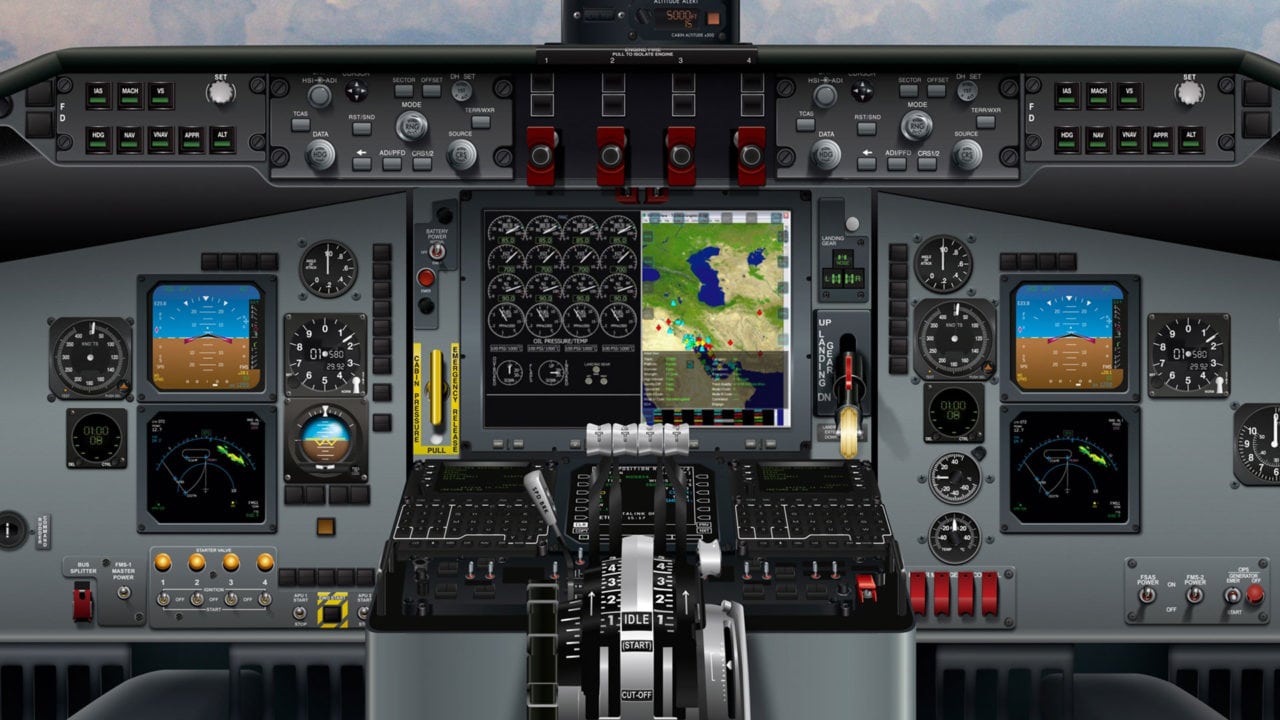
Rockwell Collins [COL] will integrate Link 16 communication capabilities on U.S. Air Force KC-135Rs as part of its real-time information in the cockpit (RTIC) system.
“Pilots and boom operators will now be able to view intelligence feeds on the new avionics displays we’re providing as part of their Block 45 upgrade,” said Dave Schreck, vice president and general manager of Airborne Solutions for Rockwell Collins.
The new flight deck is derivative of the RTIC system implemented on the C-130, according to Marc Ayala, Rockwell Collins’ director of fixed wing business development, and could lead to similar upgrades on platforms such as the KC-46 and KC-10.
“You talk about the fog of war, not knowing what’s going on around you; that, in our minds, translates to increased mission effectiveness and increased mission safety,” Schreck said of the increased situational awareness provided by RTIC at the Air Force Association’s 2018 Air, Space & Cyber Conference Tuesday.
A major component of the upgrade is the Link 16 capability. Ayala said that tankers have a schedule for when strike aircraft will refill with them, but those schedules can’t always be kept. Adjustments right now require a third-party controller to facilitate. Link 16 capability will allow the KC-135 crew to monitor ally positions in real time and “cut out the middle-man,” more effectively adapting to changing circumstances on the battlefield.
Schreck said that the Link 16 standard is an obvious choice because it is the “current command and control platform of choice not only for the U.S. but also for NATO partners.” He said that Rockwell is seeing higher data throughput requirements in other places, but command and control relies almost exclusively on Link 16. Schreck expects that to change gradually as more advanced communication standards proliferate, which is something he said the company keeps an eye on and could update later, but doesn’t expect to be relevant for “years and years.”
No final numbers are available yet because, Ayala said, the Air Force is still deciding how many upgrades it will want to do. So far, 100 upgrades have been completed toward a range of 300-360 KC-135Rs, with the remainder of that group expected to conclude by the mid-2020s.